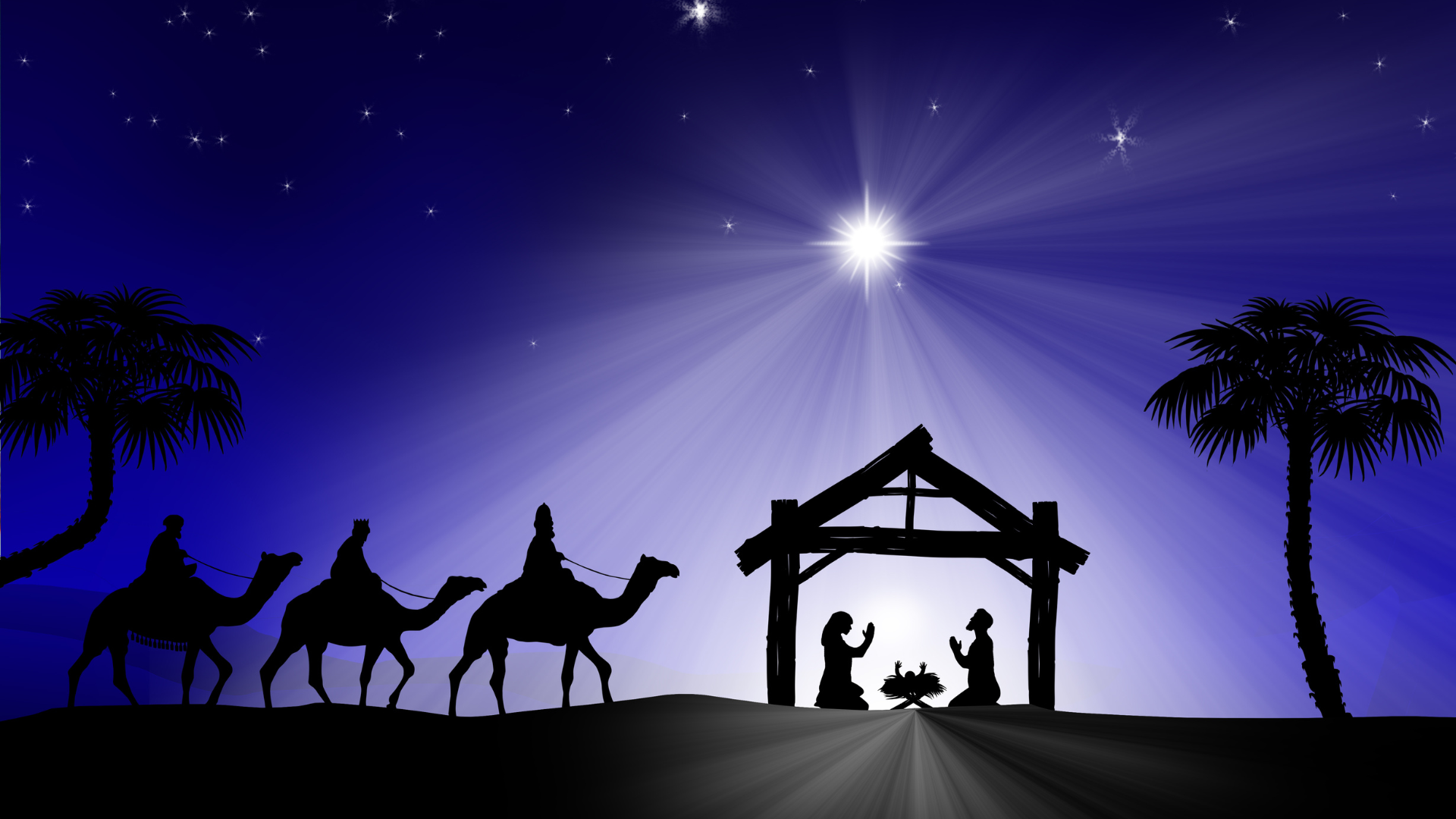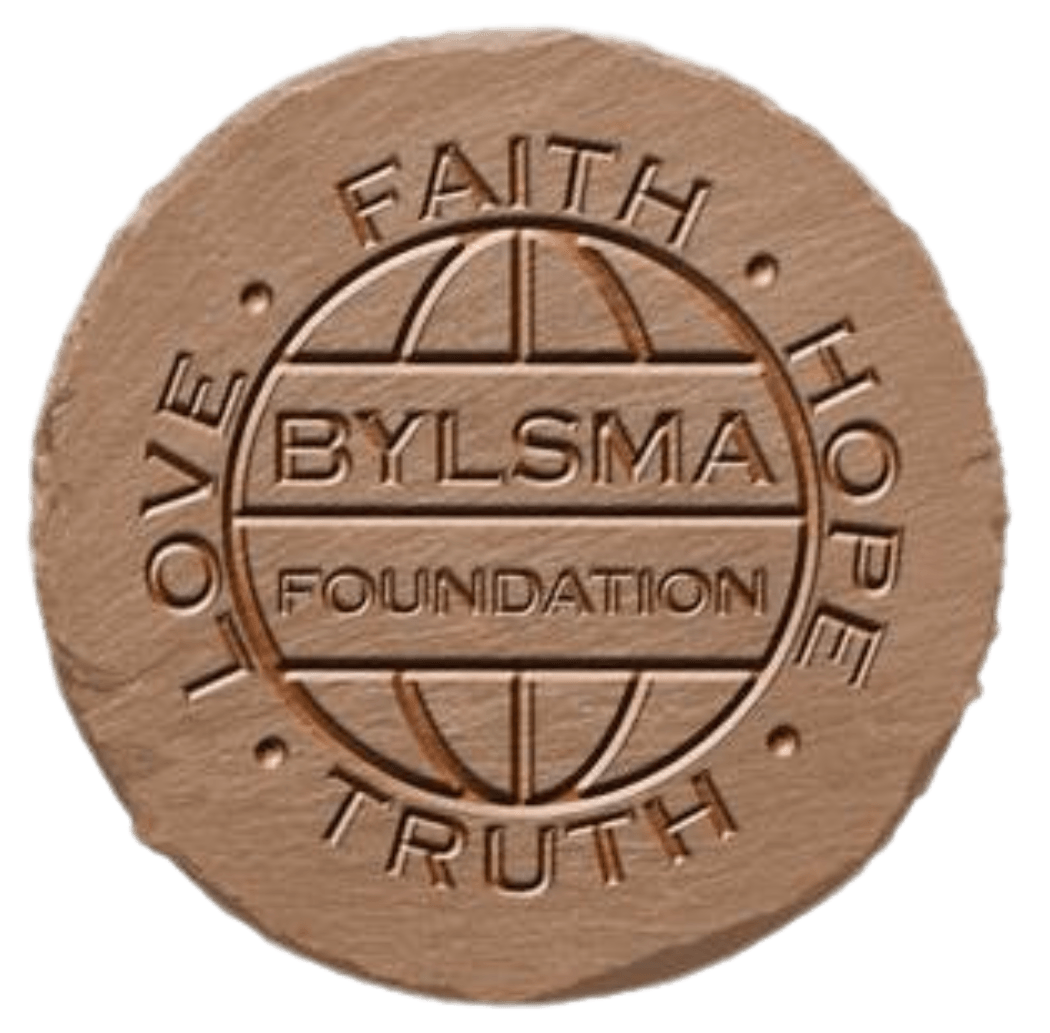Bylsma’s Bible Blogs
#3 Basic Facts About The Bible

The Holy Bible is a collection of ancient documents written by many authors over nearly 2,000 years. When combined together, the 66 “books” in this small library would total about 2,000 pages in a typical 21st-century book. In this context, the Bible means “the authoritative set of little books,” and its content is called scripture, which means “something written.” Some of the books are quite long; others are only a few paragraphs. Centuries after the documents were written, they were divided into chapters and verses so readers could find specific texts more easily. Unlike modern books, chapters are rarely more than one page long, and sometimes these divisions do not occur in logical places (there are more than 1,100 chapters in the entire Bible).
Almost all the authors were Jewish, and nearly all the books were written in Hebrew or Aramaic, then translated into Greek. All the known authors were men (although it is possible women wrote boos that were written anonymously), and some books had more than one author. The authors had their own styles, which reflected various literary genres.
The Bible has two parts. The Old Testament has 39 books and spans about 1,500 years of history of God’s people (the Israelites). The New Testament has 27 books and were all written during a 50-year period in the first century (AD 45–95) and covers events in the first century AD in Palestine and other parts of the eastern Mediterranean region (mainly Greece and Turkey). These 27 books describe the main events and teachings related to Jesus and his initial followers. The two parts are also called the Old Covenant and New Covenant. A period of 400 years separates the events described in the Old and New Testaments. The Jewish Bible has additional books and no New Testament, and the Catholic and Orthodox Bibles have additional books. (The Short Bible does not provide a summary of these books.)
The Bible’s authors usually described the events and ideas to a writing secretary who was sometimes given freedom to put the author’s ideas into their own words. The words were initially recorded on papyrus, and more durable materials like sheepskin were used later. The original documents were copied by others so more people could read them. As demand for the documents grew, many copies were made, and sometimes the people creating the copies made minor errors and clarifications along the way, which were then copied by others. Some authors read the original books and corrected misunderstandings that had been recorded earlier. Thus, there are slightly different accounts of some events. None of the original documents have been recovered.
Other documents were written about the life of Jesus and his followers in the next few centuries. Some people wrote using false names in order to create an air of legitimacy for their documents. In the late fourth century, all the available documents were reviewed and discussed by church leaders at the Council of Carthage. There were disagreements about which documents should be considered divinely inspired and authoritative. The church leaders decided on a final list based on certain criteria, and the final set of documents was known as the canon. The books were then organized in their present order and translated into Latin.
Development of the Modern Bible
Various versions of all the books have been written over the centuries. The earliest translations did not reflect insights learned from later discoveries about the meanings of the original Greek and Hebrew words. The earliest English version was created in the early 1600s by religious scholars working for King James of England. That initiated efforts to create translations of the Bible into other languages. Archeological findings in the past 150 years have added further insights into the meaning of the books, and many more translations and versions of the Bible have emerged based on these insights.
Paraphrased Bibles
In the past 60 years, a number of paraphrased versions have been written to make the text more easily understood by those living in modern times and in different cultures. Here is information on the best paraphrases.
- The New Testament in Modern English was written by J. B. Phillips, an Anglican clergyman. He translated the New Testament by referring to the original Greek text. This translation was first published in 1958 using British spellings, and some editions do not include verse numbers. Phillips did not translate the Old Testament into more readable text.
- The Good News Bible is a translation of the Bible by the American Bible Society. The New Testament was originally published in 1966 using the name Good News for Modern Man. The complete Bible was finished in 1976. It uses simplified language that children can read. This paraphrase is also known as the Good News Translation and is used in many countries and by many denominations.
- The Living Bible was created in English by Kenneth Taylor in 1971 and has been translated into many languages. Taylor wrote it so his children would understand the biblical text when his family conducted their devotions. An updated version (New Living Translation) was published in 1996 based on recommendations by a team of scholars who were experts in understanding the original Hebrew and Greek texts.
- The Message: The Bible in Contemporary Language was written by Eugene Peterson, an American Presbyterian pastor and author. This translation relies heavily on American idioms and slang to a more modern understand of the original text. Experts in the Old and New Testaments reviewed the translation to make sure its text stayed true to the meaning of the original text. This translation of the entire Bible was finished in 2002.
Writing Styles of the Bible
The books of the Bible reflect various types of literature. These include heroic and embellished narratives, historical accounts, legal presentations, biographies, poetry and songs, genealogies and census information, wisdom literature and proverbs, collections of short stories, parables, inspirational letters, and highly symbolic predictions about the future.
The Bible’s content often lacks details that the reader might want to know, which makes the stories subject to much interpretation and can create doubt about their authenticity. In contrast, some sections include many details. The various books of the Bible are not presented in sequential order, which makes it difficult to get a comprehensive view of the main events and ideas. Since most of the writings occurred in an agrarian culture, there are many references and metaphors using common items at that time (e.g., sheep, goats, soil, seeds, water, wheat, fish, vineyards, the desert, and wilderness). The stories are often rich in symbolism, and dialogue is mixed in with a narration provided by the authors.
The overall tone is somewhat somber and serious. There is little humor, romance, or fiction (some fictional stories were written to convey important messages). All the complexities of life appear in the writings: life and death, good and evil, guilt and forgiveness, justice and judgment, grace and mercy, love and hate, reason and emotions, individualism and community life, sibling rivalry, reflections of the past and visions of the future, patience and expediency, discipline and impulsiveness, power and servant-hood, selfishness and sacrifice, health and sickness, trust and deception, sequential logic and paradox, idealism and realism. There are many tragedies and heroes, many disappointments and victories.
Some of the stories and symbolism can be confusing to the modern reader. The authors assumed their readers knew what they were talking about and could “read between the lines” to understand the meanings of the message. But we don’t have the benefit of understanding the context and subtle meanings.
Bylsma’s Bible Blogs











